'The tap has been turned back on': APRA to relax assessment rate for home loans
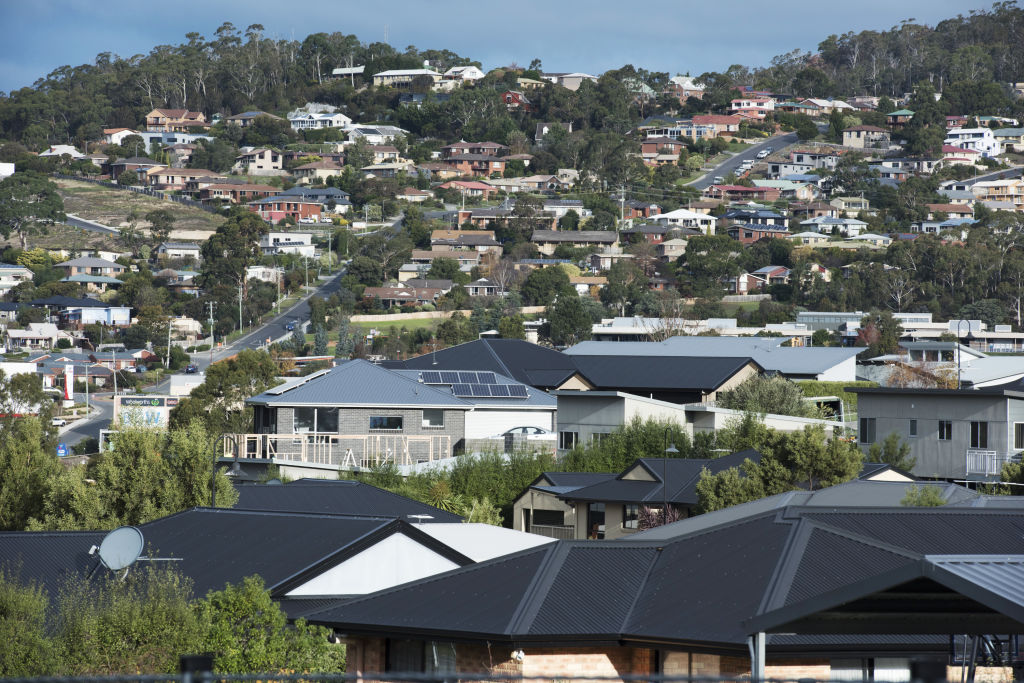
Property markets across the country have been given a shot in the arm, with Australia’s banking regulator announcing its plans to relax the assessment rate for home loans.
This effectively means homeowners could borrow more money, which industry figures are describing as the biggest development for the property market “in at least four years”.
Currently, lenders have to assess whether a borrower can afford their repayments using a minimum interest rate of at least 7 per cent. This was a rule introduced by the Australian Prudential Regulation Authority (APRA) in December 2014 as part of its efforts to reinforce sound residential lending standards.
APRA chair Wayne Byres said with interest rates at record lows, the gap between the 7 per cent floor and the actual rate of interest paid had become unnecessarily wide.
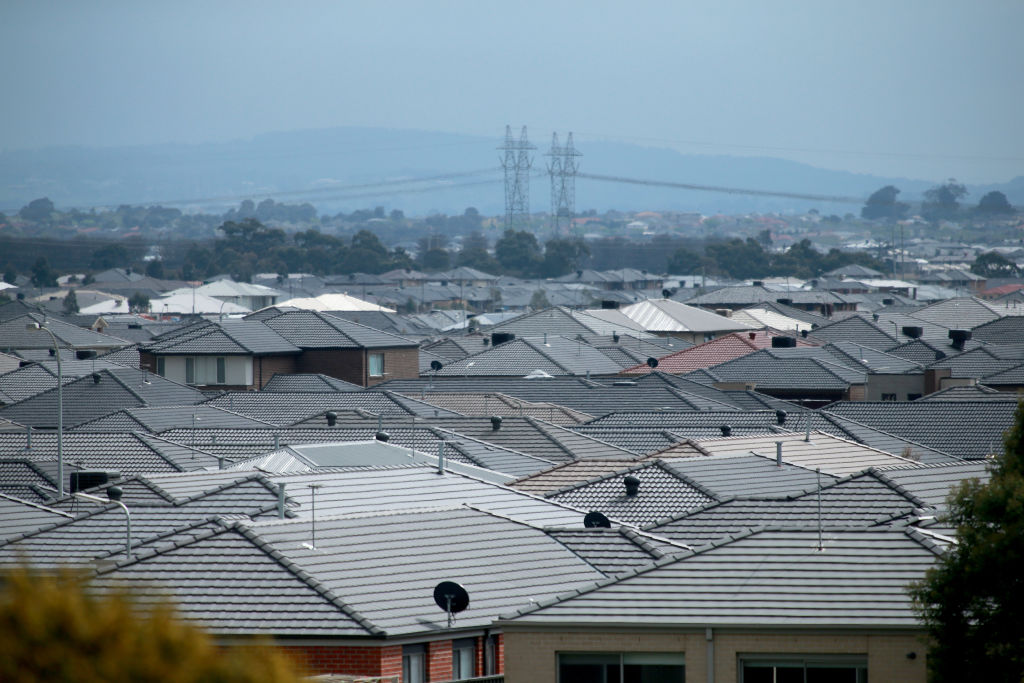
“The changes, while likely to increase the maximum borrowing capacity for a given borrower, are not intended to signify any lessening in the importance that APRA places on the maintenance of sound lending standards,” he said.
“Rather, it is simply recognition that the current interest rate environment does not warrant a uniform mandated interest rate floor of 7 per cent across all products.”
AMP chief economist Shane Oliver said in light of this proposal, it was likely Australia’s falling property markets in locations like Sydney and Melbourne would bottom out much sooner than he had anticipated.
“The way I see it, this announcement is part of a package of events over the past few weeks that will all work together to really shift the momentum,” he said.
“Firstly, there was the government’s move to support first-home buyers with the deposit scheme.
“Then suddenly the outcome of the federal election is revealed, and the fear about changes to negative gearing and capital gains tax that may have caused buyers to hold back has been removed.
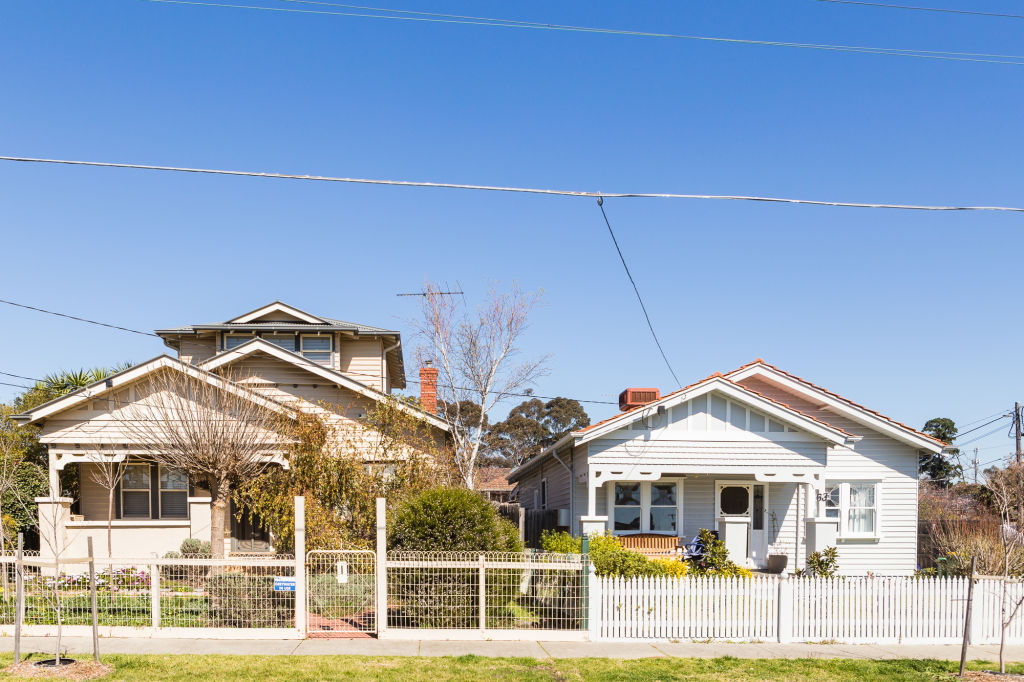
“If you think about those things in a run and now the relaxation of the assessment rate — plus the possibility of another interest rate cut — it tells us we’re getting close to the bottom of the market and it will occur even earlier than I was assuming.”
And the possibility of another rate cut now looks highly likely, after the Reserve Bank of Australia governor Philip Lowe revealed in a speech to the Queensland branch of the Economic Society of Australia in Brisbane on Tuesday afternoon it would be on the bank’s agenda next month.
The next RBA interest rate announcement will be made at 2.30pm on Tuesday, June 4.
“I was thinking not until early next year and a top to bottom fall of 25 per cent, but given the things that have happened in the last few weeks, that would suggest we may be close to the bottom and not see the 40 per cent that some people were worried about,” Mr Oliver said.
Propertyology managing director Simon Pressley said the significance of Tuesday’s announcement could not be understated and would affect all Australians, whether they were buying property or not.
Mr Pressley, who described the announcement as the biggest news “in at least four years”, said this would have significant impacts for both the property market and the economy.
“This increasingly tight credit supply has been a massive fire blanket over every Australian real estate market. It affected every segment of the buyer population, and it benefitted nobody.
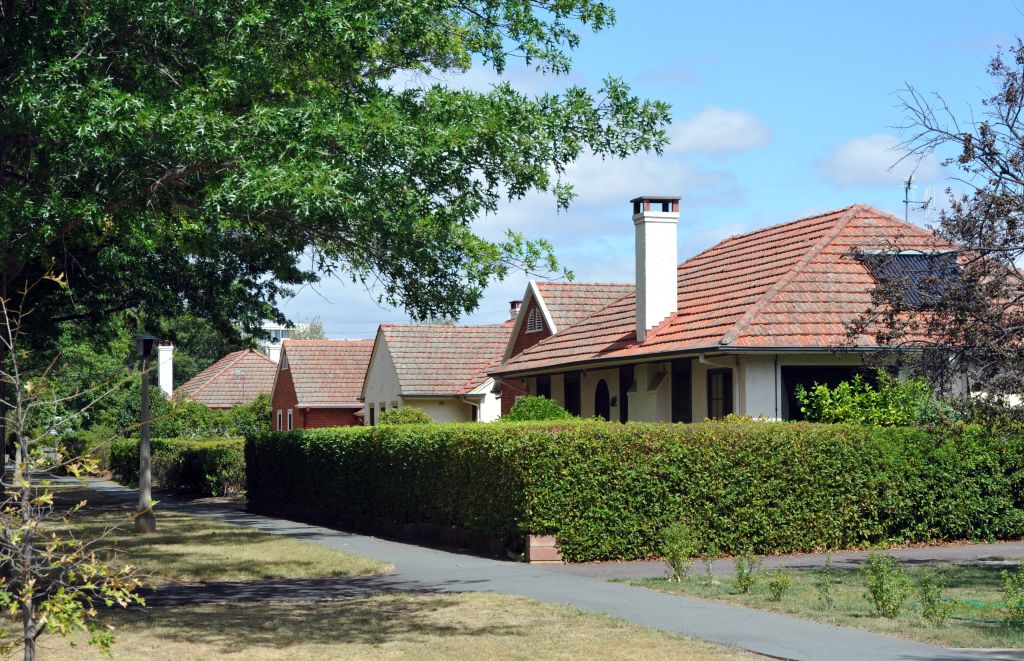
“It’s a bit like the world’s best farmer having an enormous paddock with the best soil and an abundance of people who are keen to buy his produce. He just needs rain, and then everyone will benefit.
“Large parts of Australian real estate markets have similarly incredibly strong fundamentals, and credit supply is akin to our water supply.
“When you turn the credit tap off, things stop. The economic flow-on effects from that lost revenue have a massive knock-on effect for the entire economy.”
Mr Pressley said this rule had curtailed every property market across the nation.
“We estimated that in the 2018 calendar year, it probably took 7 per cent off the annual rate of growth of any location in Australia,” he said.
“What this will do is restore confidence across 100 per cent of the buying property population.
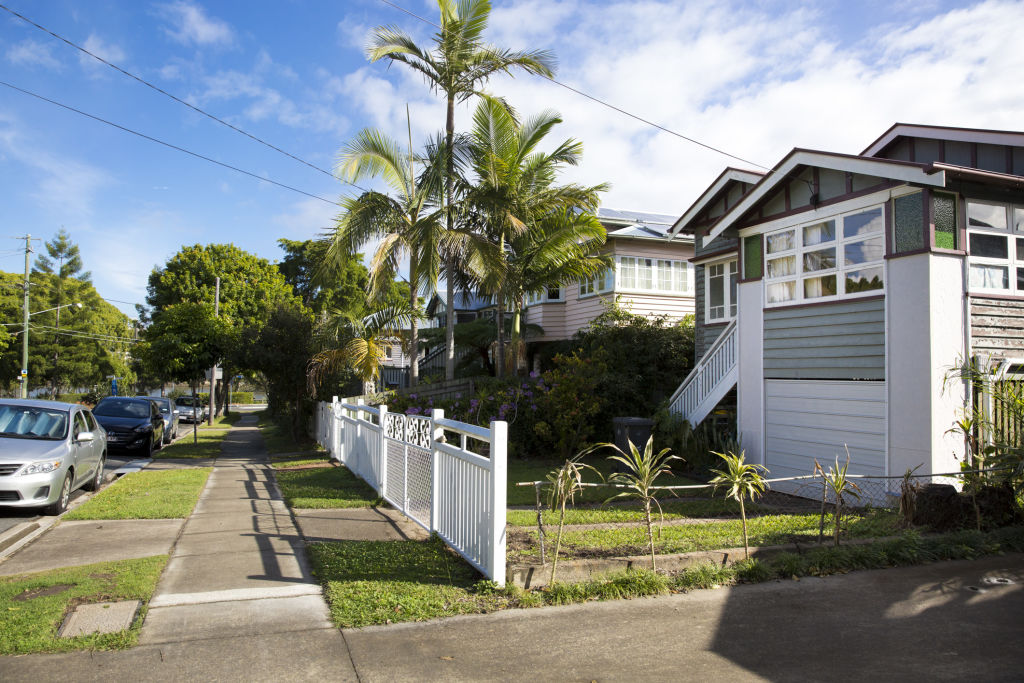
Domain economist Trent Wiltshire said the proposal would have a “definite impact” on property markets across the country, particularly those that have been in a downturn if it was passed after the four week consultation period.
“I’d say it will see the market turn around faster than we anticipated,” he said.
“Of course, it’s all about your perspective – if you’re someone who has just bought in Sydney and have negative equity, you’d love to see prices rise, but if you’re a first-home buyer who now has more of a chance to get in the market, this could mean you have to borrow more.
“Certainly, I’d say if this happens in combination with another interest rate cut, this will turn the market around.”
We recommend
States
Capital Cities
Capital Cities - Rentals
Popular Areas
Allhomes
More








